By Howard Blume | Originally Published at The Los Angeles Times. August 3, 2013
Anthony Edholm, left, and Jordan Greenwald are Teach for America instructors with the ICEF charter group in Los Angeles. “My biggest thing is I wanted to take a kid at a critical point in his life and help him transition from high school into college, into becoming an adult,” Edholm said. (Liz O. Baylen, Los Angeles Times / August 2, 2013)
‘Over its 24-year history, Teach for America has won accolades for taking top college graduates and putting them to work in some of America’s toughest schools, creating what it regards as a national model of nonpartisan service in education.
But some former participants and academics, among others, have recently accused the Peace Corps-like organization of taking sides in the education policy wars. They criticize the nonprofit for aligning too closely with its largest private donors and high-profile alumni who have gone into politics. They say the group has diverged too far from a core mission: addressing a teacher shortage with top college grads primed to inject energy and success into low-income, urban campuses.
The key backers of Teach for America include foundations that support efforts to expand charter schools, limit teacher job protections, weaken union clout and evaluate instructors by using student test scores.
The Walton Family Foundation, for example, last week donated $20 million that will help fund about 500 hires in Los Angeles. Funded by the family that began Walmart, the foundation supports both charter schools and government vouchers to subsidize private school tuition for low-income families.
New York-based Teach for America asserts that its financial supporters do not influence its direction. Although the Walton foundation has given more money — $100 million — than any other, its contributions still made up only 4.6% of the education organization’s national budget last year. Government funding accounted for about 30% of the nonprofit’s revenue.
Critics, however, are unswayed.
“I don’t know that it’s causation or correlation, but there is so much alignment,” said Rigel Massaro, a Teach for America alumna who works as a public interest attorney in San Francisco.
Like other critics, she said she was troubled by the group’s five-week crash course in teaching and the fact that its presence in a community allows school districts “to hire teachers who are cheaper and who are pushed to make incredible gains for their students by working seven days a week and then leaving after two years.”
As evidence of Teach for America’s political bent — intentional or not — critics cite developments in California, Alabama, North Carolina, Louisiana and other states.
In Los Angeles, nonunion charter schools have grown in number, and so has their hiring of Teach for America instructors, even as enrollment in L.A. Unified has shrunk, leading to teacher layoffs. In L.A., 94% of last year’s recruits went into charters.
In South L.A., one charter group — ICEF Public Schools — hired two dozen Teach for America instructors last year. Parker Hudnut, who heads the 12 campuses, said the young teachers “bring a tremendous amount of energy, a lot of innate intelligence” to his schools.
Among his hires: Anthony Edholm, 24, who was president of the pre-med society at Creighton University. He’s teaching physics and coaching track. “My biggest thing is I wanted to take a kid at a critical point in his life and help him transition from high school into college, into becoming an adult,” Edholm said.
Apart from making a difference in the classroom, however, the organization has always had another goal for its alumni: to become leaders who care about education regardless of the field they enter.
“We exist because the education system in America was not meeting the needs of young people growing up in low-income communities,” said Teach for America Co-Chief Executive Matt Kramer. “School districts are finding great people through TFA.”
Members of the program receive support while they teach, and Kramer noted that many remain in the classroom well beyond their two-year commitment.
Teach for America also has taken on the role of providing a labor pool for districts that want more competition for jobs or need to restaff a school whose teachers were fired or removed.
One example is Huntsville, Ala., where the school district last year hired 30 instructors from Teach for America and has committed to at least 30 more this year, Supt. Casey Wardynski said.
That was not because of a lack of available teachers: The district had 19,000 applicants this year for 200 openings. Wardynski said he chose the Teach for America instructors over other qualified candidates to use as “special forces” capable of turning a school’s dysfunctional culture around.
Philip Kovacs, an associate professor of education at the University of Alabama in Huntsville, along with others in schools of education, said resorting to Teach for America can exacerbate faculty turnover. Such instability harms students needlessly when permanent teachers are available, he said.
“I have students with a master’s degree who … are phenomenal, who could teach me about teaching, and can’t get jobs,” he said.
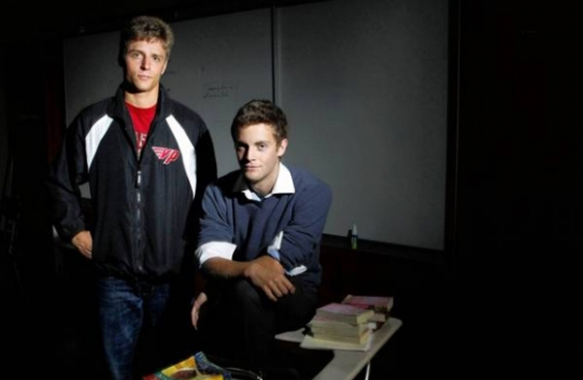




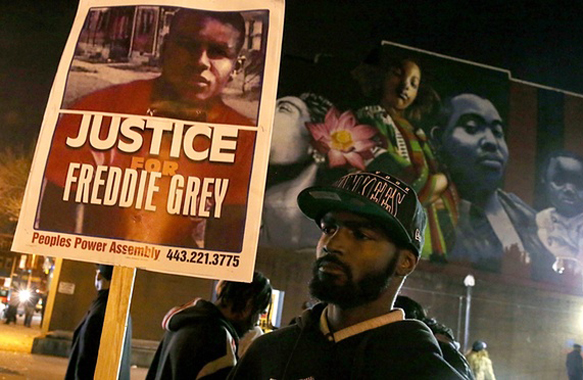

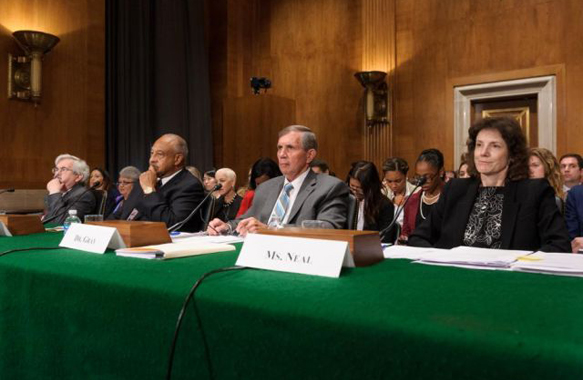

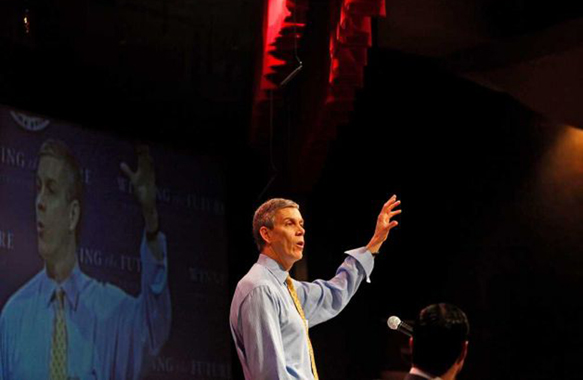
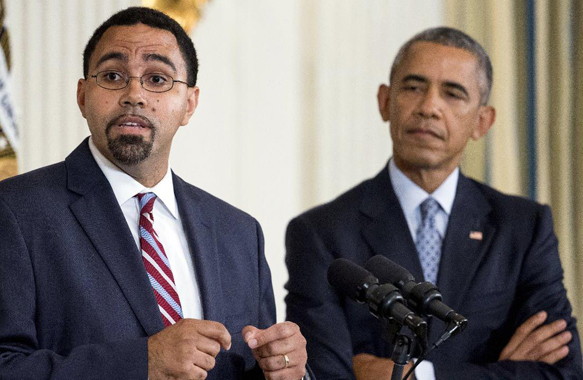
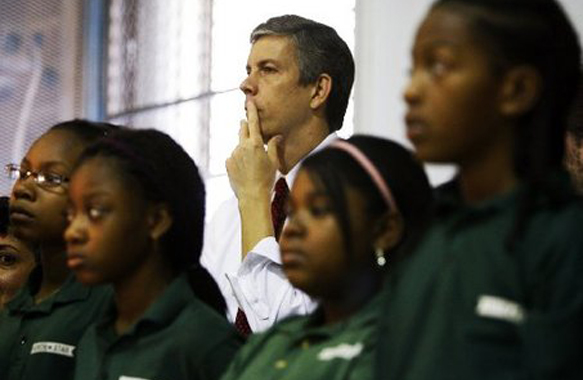
Leave A Comment